- Delivery from stock
- 14 days on trial
- Expert advice from experts
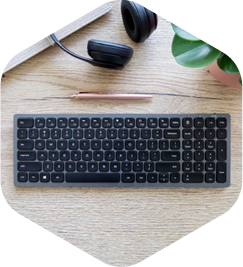
Resultaat 17–32 van de 101 resultaten wordt getoondGesorteerd op populariteit

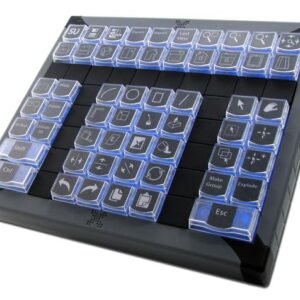


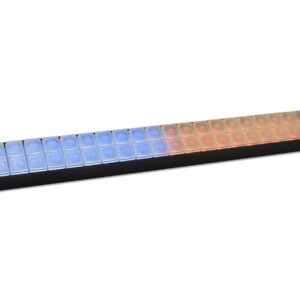
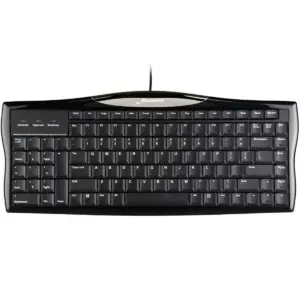

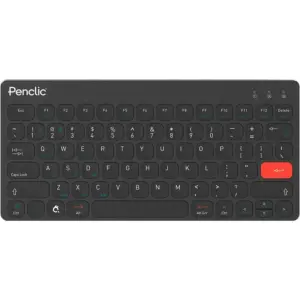
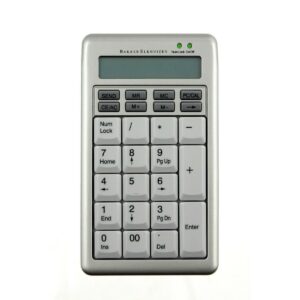
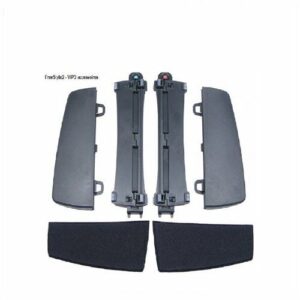



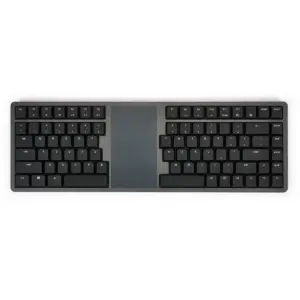
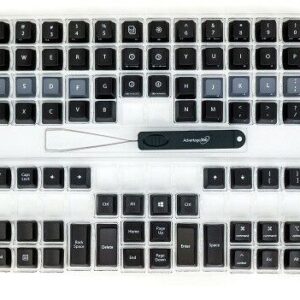
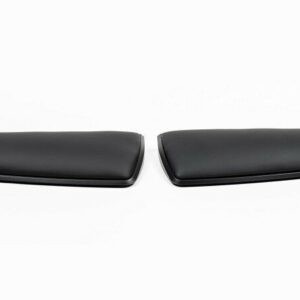
Ergonomic keyboards come in many shapes and sizes; from adjustable keyboards that reduce curves in wrists and forearms and compact keyboards that allow working with the mouse within shoulder width to special numeric keyboards and many different specialty keyboards. The latter are mostly used by people with physical disabilities or in special environments (medical, industrial or media).
Using an ergonomic keyboard improves posture while working at the laptop or PC. A standard keyboard is actually too wide and too high, creating an unnatural posture while typing, thereby increasing the risk of CANS or RSI.
The basis of good work posture is, of course, a properly adjusted office chair and an adjustable desk. However, your own work behavior is also a big bill in the efficiency of ergonomic products. Take plenty of mini and macro breaks, don't over-schedule your schedule and ensure a comfortable work environment.
For a personal consultation, contact our specialists at 010-4702611 or info@backshop.nl
We talk about an ergonomic keyboard when the design of the product takes into account the physical characteristics of the user and the task to be performed. In this product category, we can distinguish three main groups; the compact keyboard, split keyboard and mechanical keyboard. Each type has its own specific advantages and serve a different purpose, we briefly explain a few details here.
Compact keyboard A compact keyboard is a smaller version of the standard keyboard because usually the numeric part is disconnected. Generally, the keys are the same size as a standard keyboard, only the layout may be different. Other terms for a compact keyboard also include the TKL (tenkeyless) keyboard or an indication accompanying the layout in percentages, such as 60% or 80%. The advantage in using a compact keyboard is that there is more room for using the mouse and thus working within shoulder width. This reduces muscle tension in neck and shoulder muscles, reducing or preventing shoulder, arm and neck complaints.
For computer users who use the numeric part on a daily basis, there are separate numeric keyboards available, which can be linked to the compact keyboard or even have a built-in calculator function.
Split keyboard Due to its unique shape, a split keyboard ensures that the wrists remain straight while typing and the hands do not turn inward too much. An ergonomic keyboard like this is also often individually adjustable in inclination, so that limited forearm tilt is also required. The use of palm rests is usually desirable in this case, however, in order to provide comfortable support with these while typing.
Mechanical keyboard A mechanical keyboard has the advantage of having a separate switching mechanism (switch) under each key. Standard keyboards have a rubber mat under the keys, equipped with a hemisphere (dome) under each key. The compression and rebound of the rubber sphere provides tactile feedback, but as the rubber layer wears away, the touch deteriorates. The feedback of a mechanical keyboard while typing is markedly different, less stiff and sometimes quieter. In addition, the switches have a promised lifetime of more than 20 million strokes, so you can enjoy them for years. From an ergonomic point of view, a mechanical keyboard is nice because you can choose the properties of the switches, such as a lighter touch. For people with joint problems this is really a godsend!
Of course, there are other solutions that make computer work less stressful, such as an XKeys keyboard which can be fully programmed, so that frequently occurring actions can be performed with just the press of a button. For the visually impaired there are keyboards with extra large keys and white/black contrast or colored keys.
Working with an ergonomic keyboard improves posture, by using the keyboard and mouse within the width of the body; the so-called "comfort zone." A standard, often too wide, keyboard invites unnatural postures that increase the risk of CANS/RSI. This is what our EMG research shows when comparing a standard and an ergonomic keyboard.
An ergonomic keyboard and a comfortable mouse are the foundation of responsible computing. An ergonomic keyboard invites a better hand, wrist and arm position and provides space for the mouse on the right side. Due to its shape, an ergonomic keyboard reduces stress on neck and shoulder muscles and prevents unnatural wrist curves. An ergonomic keyboard is often individually adjustable or specially tailored for special occupational groups and activities. If the numeric part is used a lot, a separate numpad is available. For most ergonomic keyboards, blind typing is certainly not a prerequisite, but from an ergonomic point of view, blind typing is preferred.
Do you work at a laptop or PC for hours every day? It is almost inevitable in this day and age that you spend a lot of time behind the PC. Then an ergonomic keyboard is a logical choice. Choosing an ergonomic keyboard is not easy. The range with all the differences is large, we understand that it is difficult to make a good choice from the large selection. The best ergonomic keyboard adapts to your work, hand size and possible complaint. How can you choose the most ideal keyboard from our large selection? With the following questions, we think you can better determine for yourself what the best keyboard is.
The keyboard lies straight in front of the torso so that the arms can rest at a 90° angle on the armrests of the office chair and the hands can easily reach the keys. Avoid wrist support when typing, this unnecessarily traps the passage between arm and hand (wrist) and this can cause more damage than you think(Carpal Tunnel Syndrome).
Preferably, choose a keyboard where the mouse can also be used within the width of the body so that the shoulder and neck muscles are less stressed.
With the answers to these questions, you can refine your search using the selection filter on the left side of the page. Most of the keyboards in our range can be tested for 14 days on a trial basis to experience for yourself whether this reduces your symptoms.
Through our years of experience advising various customers and computer users, we have compiled a Top 5 of ergonomic keyboards. Each of these products contributes to a healthier workplace, each has its own advantages and disadvantages. Get advice from our therapist or use the selection tool to choose the keyboard that suits you best.